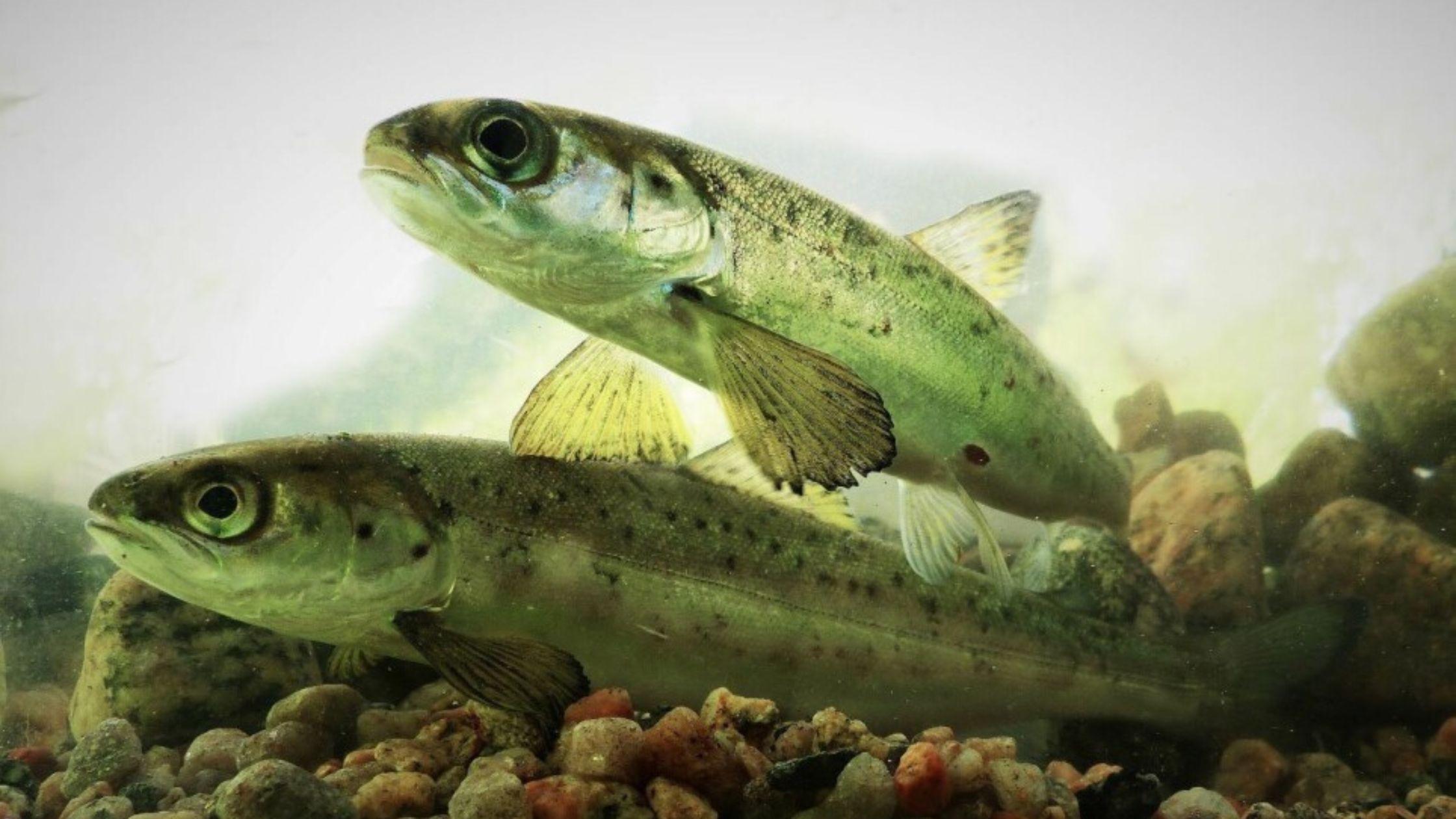How Is a Fishway Evolving into the Future of Aquatic Connectivity?

Globally, dams and river barriers have disrupted natural migration routes, endangering thousands of aquatic species. Traditional fish ladders once symbolized progress in ecosystem management, but their limits have become apparent. At Whooshh Innovations, we believe that the next-generation fishway must do more than provide passage; it must protect biodiversity, support compliance, and adapt to diverse species and habitats.
With innovative designs like the ASPFishway™ and supporting technologies such as the fish tube, we’re leading a transformation toward sustainable aquatic connectivity.
Why Modern Ecosystems Depend on Smarter Passage Design
Across the world, more than 3 million dams fragment river ecosystems, according to the Food and Agriculture Organization (FAO)¹. These structures provide resources, flood control, and power, but they also impede migration, disrupt breeding cycles, and threaten once-thriving native fish populations. For many species, like salmon, sturgeon, or trout, migration isn’t just movement; it’s survival.
Historically, the solution rested on the fishway, a hydraulic structure that mimics natural flow to guide fish upstream. However, conventional designs often overestimate fish stamina and fail to consider fluctuating river conditions or invasive species control. Compounded by climate change, rising water temperatures and erratic rainfall patterns demand adaptable, technology-driven solutions. That’s the ecosystem gap we aim to bridge at Whooshh Innovations.
We view connectivity not merely as engineering, but as ecological responsibility, one that enables native species to thrive in a world where water infrastructure and wildlife coexist.
The ASPFishway™: Where Biology and Engineering Meet
The ASPFishway™ represents a major advancement in sustainable river restoration. Unlike static concrete ladders, it’s lightweight, modular, and customizable. Its patented volitional design allows fish to move through at will, choosing when and how to swim. This reduces fatigue, improves fitness, and enhances survival odds while reducing predation risk. Each unit adapts to specific site variables: flow rate, slope, and fish swimming abilities.
Built with corrosion-resistant aluminum, the ASPFishway™ is as durable as it is adaptable. The modular system enables quick installation and easy maintenance, lowering long-term costs. Its debris-resistant design ensures consistent operation, even in sediment-heavy or flood-prone locations. These features collectively redefine how we think about fish passage in both construction and environmental terms.
As we often say, “our designs aren’t about controlling fish, they’re about freeing them.”
Learn more about this technology here: Whooshh ASPFishway™.
How Pneumatic Technology Complements Traditional Structures
While the ASPFishway™ supports volitional movement, our fish tube offers intelligent pneumatic transport for species traversing greater heights or less-accessible barriers. Using controlled air pressure and a misted environment, fish glide smoothly through flexible tubing to the other side, quickly, safely, and with minimal stress. It’s innovation grounded in biological precision.
This technology complements traditional methods by addressing sites where flow dynamics or dam heights make standard fishways impractical. It delivers fish over barriers dozens, or even hundreds, of meters high in seconds. Independent studies have shown reduced injury rates and lower cortisol levels compared to mechanical lifts². The fish tube is not a replacement for nature, it’s an enabler, ensuring migration continuity when rivers face challenging engineering constraints.
At Whooshh, we don’t see technology as a departure from nature, it’s a partnership with it.
Sustainable, Adaptable, and Cost-Effective Solutions
The challenge for every project is aligning ecological goals with economic feasibility. Many dam operators, municipalities, and conservation agencies must weigh restoration with limited budgets and strict regulations. That’s where modularity and efficiency redefine project value. The ASPFishway™ can be installed in days rather than months, cutting total system costs by nearly 50% compared to traditional concrete systems³. Lightweight aluminum construction allows easier transport, faster maintenance, and reduced on-site resource usage.
Our solutions scale across environments, from small tributaries to large hydropower channels, without requiring structural overhaul or turbine modifications. This design philosophy dramatically lowers ecological impact while supporting sustainable development objectives.
We’ve learned that sustainability isn’t about spending more; it’s about designing smarter.
Building a Connected Future for Fish and Infrastructure
Every system we create reinforces one belief: progress and nature must evolve together. To us, a next-generation fishway is not simply an engineered channel, it’s a symbol of cohabitation between hydropower, fisheries, and biodiversity. Through pneumatic advancements, adaptive flow systems, and integrated monitoring, Whooshh Innovations ensures connectivity that aligns with climate adaptation strategies and international conservation standards.
The road ahead is exciting. We’re already developing cloud-linked sensors and AI tools that analyze fish behavior in real time, allowing operators to fine-tune passage systems for varying migration seasons or water conditions. By combining machine learning with biological data, our goal is simple, to make every passage smarter, faster, and more fish-friendly.
When we look at rivers restored through our systems, we see more than water flowing freely, we see ecosystems reborn, communities revitalized, and a future powered by curiosity and collaboration.
Final Thoughts
At Whooshh Innovations, our purpose is to restore the natural rhythm of rivers using intelligent design. The ASPFishway™ and fish tube technologies exemplify our dedication to rethinking what’s possible for global aquatic restoration. Because for us, innovation isn’t about building barriers, it’s about eliminating them.
- Art
- Causes
- Crafts
- Dance
- Drinks
- Film
- Fitness
- Food
- الألعاب
- Gardening
- Health
- الرئيسية
- Literature
- Music
- Networking
- أخرى
- Party
- Religion
- Shopping
- Sports
- Theater
- Wellness



